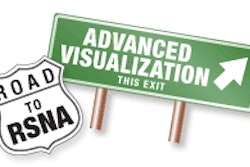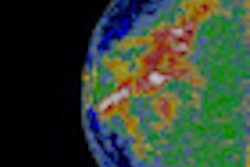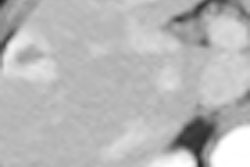Education Exhibit | LL-ERE2249 | Lakeside Learning Center
Visitors to this exhibit in the Lakeside Learning Center will learn how 3D postprocessing imaging techniques can assist in trauma-related patient care.The exhibit will aim to educate viewers on the ways that 3D postprocessing can aid radiologists and clinicians in diagnosing and treating patients with penetrating injuries, said presenter David Brown of Henry Ford Hospital in Detroit.
To exploit the true potential of thinner axial CT images and to maximize their diagnostic yield, it's important to incorporate advanced 3D postprocessing techniques, Brown said.
"Advanced 3D postprocessing techniques not only help the radiologist in augmenting the diagnostic potential but also help reduce the time spent in interpretation, which can be crucial in improving workflow in the emergency room settings," Brown told AuntMinnie.com.
These postprocessed images also help in management decision-making, such as in surgical planning, he said.




















